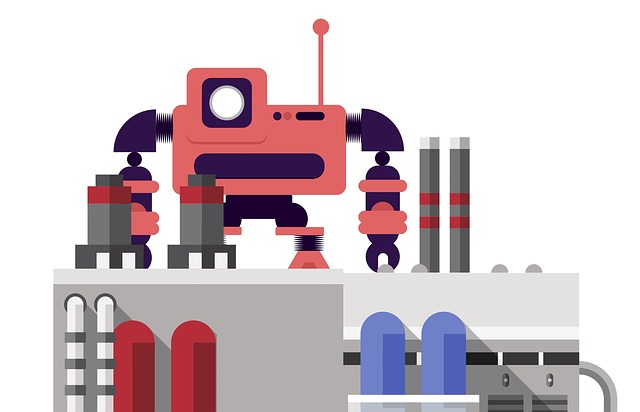Division of labor and technology.
Through the use of computers, businesses have been able to diversify the tasks that their employees perform, which has reduced specialization and division of labor. The division of labor within businesses may be reduced, for instance, as a result of information technology flexible machine tools and programmable multipurpose equipment, since workers are better able to transfer their skills from task to task. The use of information and manufacturing technology can also help teams or individual employees combine tasks more easily to better serve customers while increasing productivity. For instance, information about customers obtained through production activities can be used to enhance financial accounting procedures, and information about employees obtained through training activities can be used to enhance work procedures.
Initially, the goal of integrating computers into businesses was to combine distinct labor functions. Computer integration was intended to help enterprises reorganize around their key business operations, enlarging their networks of suppliers and subcontractors, and outsourcing some tasks to specialist outside companies. Every employee was expected to have a wider perspective of the firm in the new culture created by computer integration. Teams of workers were to have improved communication, participation, teamwork, an enhanced sense of belonging, and ongoing learning. The traditional bureaucratic mass production paradigm, in which employees performed tasks independently and sequentially, was eliminated with this new organizational model made possible by technology.
The goal of the computer integration model was to eventually eliminate vertical and horizontal barriers while increasing the focus of supervisory control on work processes rather than final products (Child, 1987). In other words, the new design allowed organizations to concentrate more on how services and goods were delivered than on the actual services or products themselves. This layout made it easier for the organization to keep improving. The traditional bureaucratic hierarchy was disregarded as a result of the new technologies' assistance in obfuscating departmental boundaries and allowing information to flow freely throughout the organization. Units stopped working alone as task forces and work groups were established.
The conventional organizational division of labor is called into question by the new model made possible by technology. For instance, flexible manufacturing methods remove the barrier between production and maintenance. The earlier movement of work becoming more diversified, independent, intellectual, and collective is supported by this increased autonomy.
Although the traditional concepts of specialization and division of labor still hold true, their application results in both functional and dysfunctional outcomes in the increasingly complex organizations of the twenty-first century. The use of division of labor in modern society is influenced by a variety of factors. These factors include information technology, worker empowerment, human factors, communication systems, organizational size, competitive pressures, and organizational structure, in addition to other complex organizational and market dynamics.
Thank you for spending the time to read my post...

